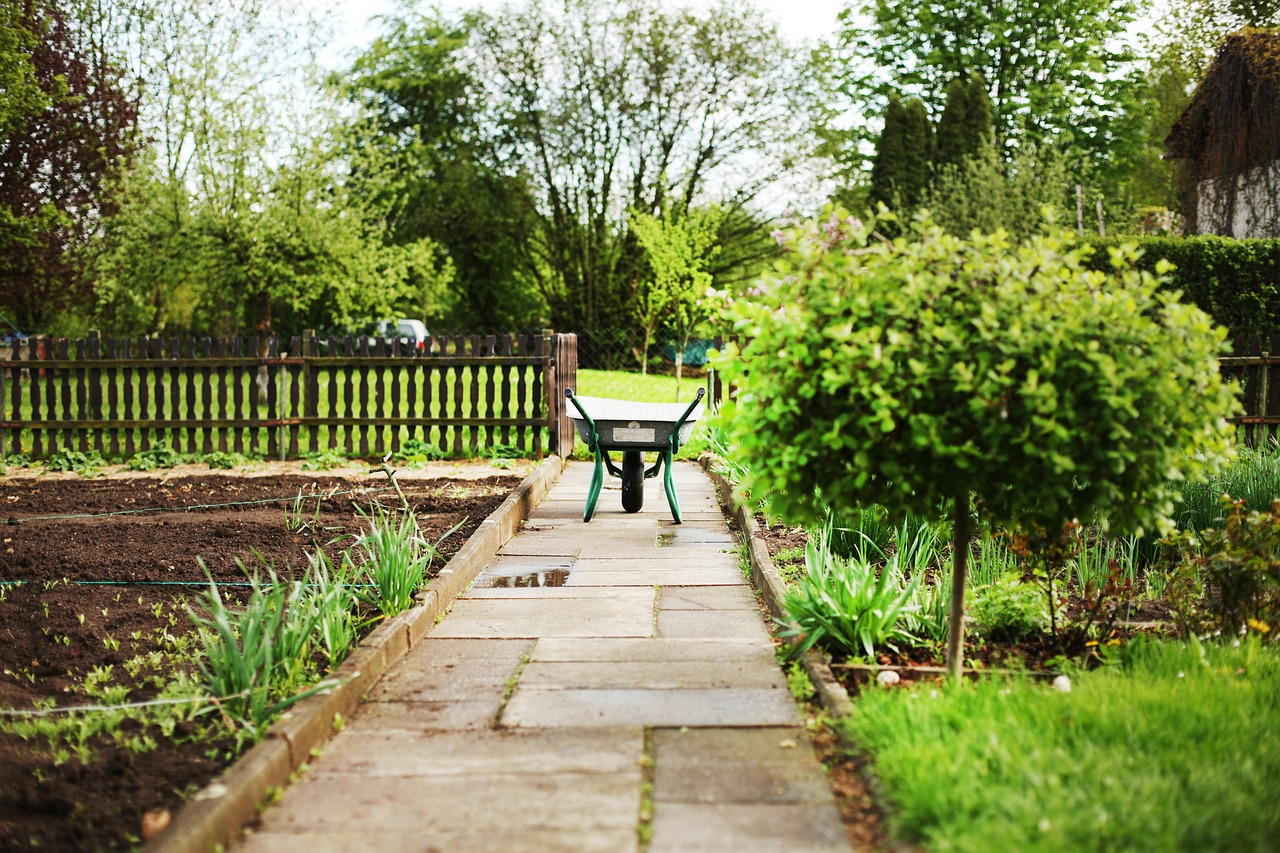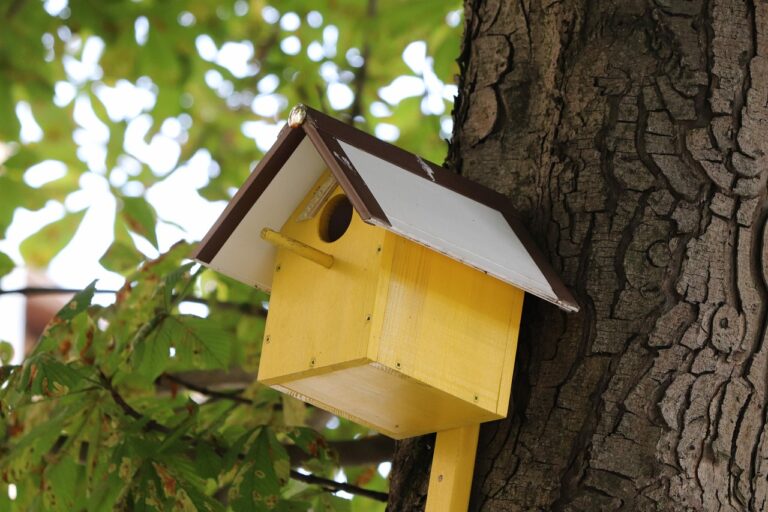Tackling Plumbing DIY Projects Safely and Effectively
Plumbing systems are crucial for the functionality of any building, providing essential services such as water supply and drainage. Understanding how these systems work can help homeowners and DIY enthusiasts troubleshoot issues and make informed decisions when it comes to maintenance or upgrades. By familiarizing yourself with the layout and components of your plumbing system, you can better grasp how everything is interconnected and identify potential problems more effectively.
One key aspect of identifying plumbing systems is recognizing the main components, including pipes, fixtures, valves, and fittings. Pipes are the conduits that transport water throughout the building, while fixtures like sinks, toilets, and showers are the endpoints where water is used. Valves act as control points to regulate the flow of water, and fittings are connectors that join different sections of piping together. By understanding how each of these components functions and interacts with one another, you can have a clearer picture of your plumbing system as a whole.
Assessing the Scope of the DIY Project
When assessing the scope of a DIY plumbing project, it is crucial to first identify the extent of the issue at hand. Whether it’s a leaky faucet, a clogged drain, or a malfunctioning toilet, understanding the root cause of the problem is key to determining the level of complexity involved. Take the time to thoroughly inspect the affected area and make note of any visible damage or irregularities that may need attention.
Once you have a clear picture of the problem, consider your own skill level and comfort with plumbing tasks. While some issues may be simple enough for a novice DIYer to handle with basic tools and guidance, more complex problems such as major pipe repairs or water heater installations may require professional help. Be honest with yourself about what you feel confident tackling and don’t hesitate to seek assistance if needed.
Gathering Necessary Tools and Materials
When embarking on a DIY plumbing project, it is essential to ensure that you have all the necessary tools and materials on hand before getting started. Proper preparation will not only save you time but also prevent any potential frustrations that may arise in the middle of the task.
Common tools needed for plumbing projects include adjustable wrenches, pipe wrenches, pliers, pipe cutters, and tubing cutters. Additionally, it’s crucial to have various fittings, pipes, connectors, washers, and plumber’s tape at your disposal. By being well-equipped with the right tools and materials, you can proceed with your project smoothly and efficiently.
How do I identify and understand plumbing systems?
To identify and understand plumbing systems, you can start by researching basic plumbing principles online or in books. You can also consult with a professional plumber for guidance.
How can I assess the scope of my DIY plumbing project?
Assessing the scope of your DIY plumbing project involves evaluating the complexity of the task, the tools and materials needed, and your own skills and experience. It’s important to be realistic about what you can handle on your own.
What tools and materials do I need for a plumbing project?
The tools and materials you need for a plumbing project will vary depending on the specific task. However, common tools include pipe wrenches, pliers, pipe cutters, and Teflon tape. Materials may include pipes, fittings, sealants, and connectors. Be sure to research the specific requirements for your project.







